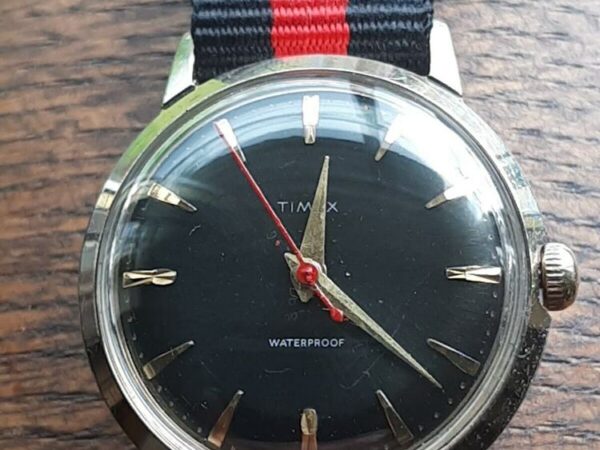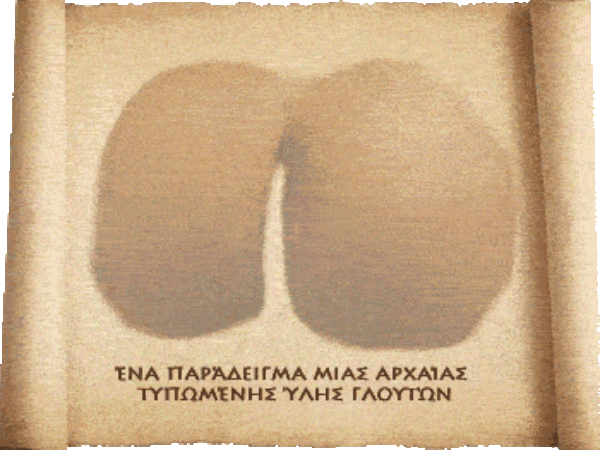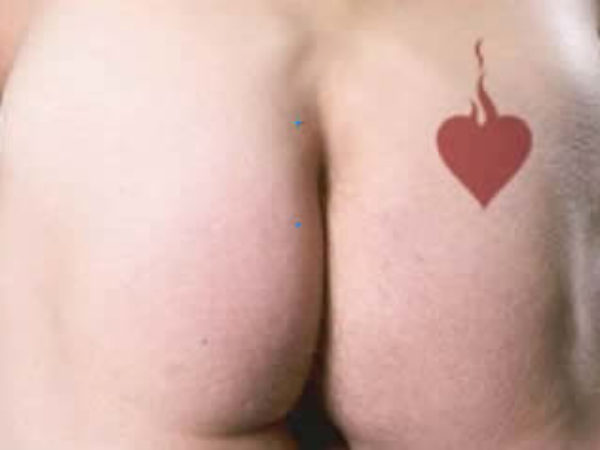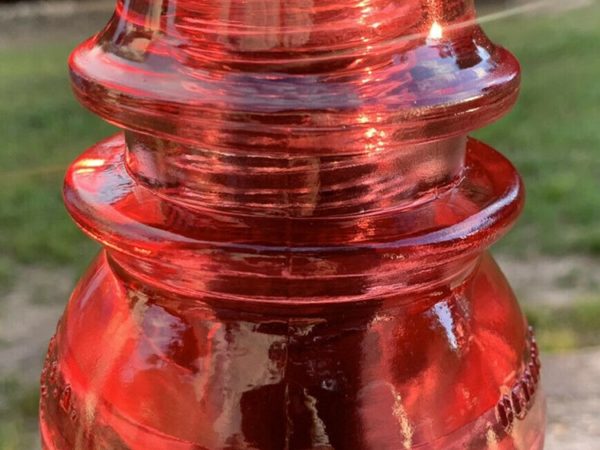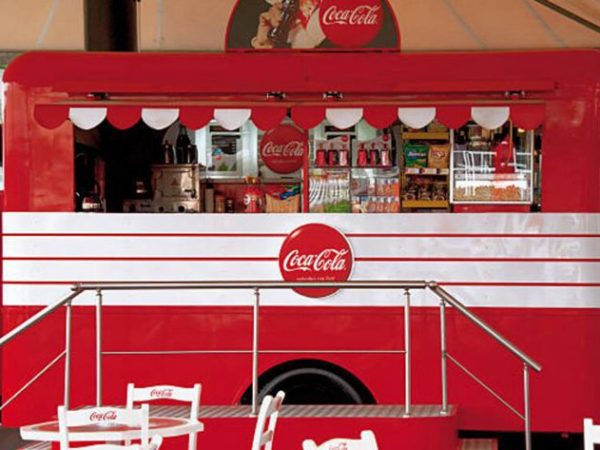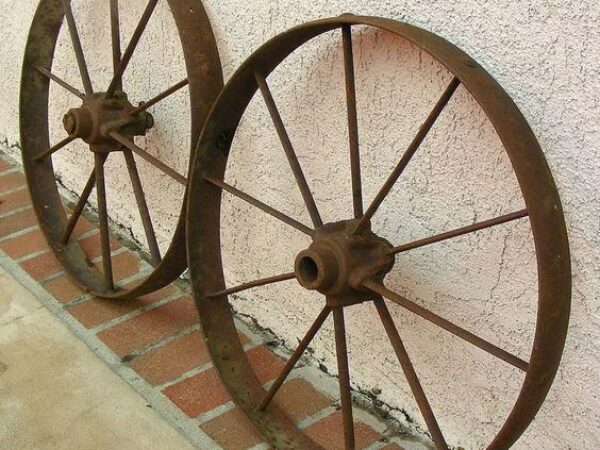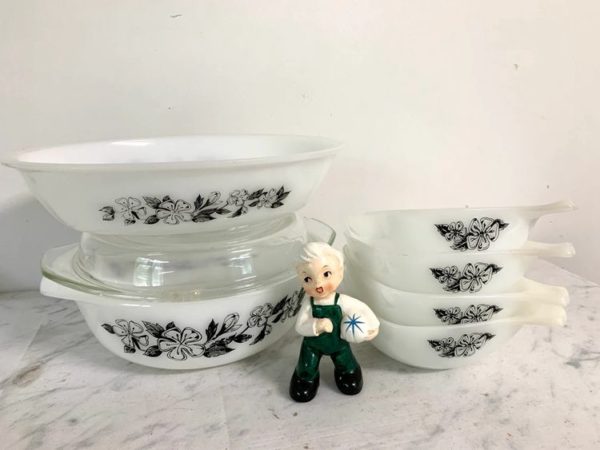What is carnival glass and what makes it so precious to collectors and traders of the modern era? To effectively answer this question, you must first learn about the concept and the vast history of carnival glass. We won’t ask you to go through the inconvenience of performing extensive research to become familiar with the various aspects of carnival glass. Instead, we’ve compiled everything you need to know in order to become an integral part of the antique carnival glass collectors community.
If you wish to become a carnival glass collector, then you must know where this phenomenon originates from as well as how you can identify carnival glass based on its attributes and features. Furthermore, you must also be aware of the most popular glass companies that are known to produce some of the rarest and most precious carnival glass pieces in history.
We’ve got a long way to go, so let’s not waste any time and get straight into the guide!
Table of Contents
What Is Iridescent Glass?
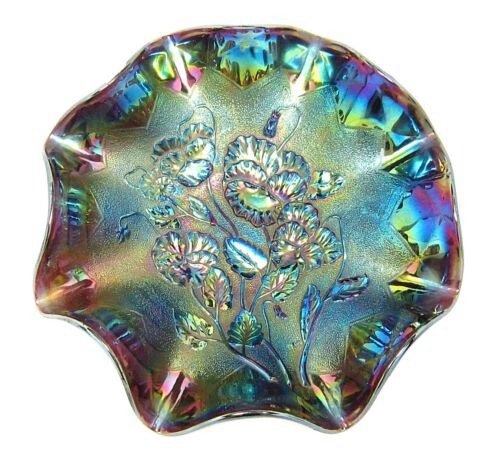
First and foremost, you must fully comprehend what iridescent glass, otherwise known as carnival glass, is and where it originates from. As the name carnival glass suggests, these exquisite glass items were distributed as prizes in carnivals back in the early 20th century. The carnival glass was initially used as a trophy or a decorative primarily because of its unparalleled beauty and unique designs; however, it has become one of the most precious glass collectibles for most collectors in the industry.
Over the years, companies and manufacturers have joined the market by introducing unique and intriguing designs and rare patterns worth thousands to antique collectors and traders. The production of carnival glass consists of the combination of various chemicals that are applied to the pressed glass before the firing process. Although carnival glass was considered to be much less expensive than other types of iridescent glasses during the time; however, their value and worth in the market continue to increase with each passing year. An antique piece of carnival glass may be worth a couple of bucks to a thousand dollars based on its quality, manufacturer, and historical importance.
History Of Carnival Glass
Carnival glass has been around for quite some time now allowing us to carefully analyze how this concept evolved over the years and popularised among various collectors of the modern era. While carnival glass wasn’t as appealing or interesting to collectors and traders until the 1950s, it had already entered the market and various glass companies had taken interest in its production and distribution.
In the late 19th century, the idea of hand-operated press molds had been introduced by American glasshouses, which greatly promoted the production of domestic glassware. These molds were eventually used by companies and manufacturers for the production of pressed glass, which was a major upgrade on hand-blown glass that was in use previously.
By 1905, the production of the first carnival glass that was believed to rival the incredibly expensive Tiffany glass was reported and it soon entered the market. Carnival glass manufacturers completed their productions in a variety of ways, which is responsible for the incredible diversity that is apparent in the world of carnival glass. Other popular names that carnival glass was given over the years include poor man’s Tiffany, Rainbow glass, Cinderella glass, Dope glass, and Taffeta glass, based on the various attributes and features of this type of glass.
If you want to know more, be sure to check out this brief history of carnival glass from its origins to the modern era.
How To Identify Carnival Glass Pieces?
Now that you’ve learned the history behind the concept of carnival glass, let’s move on to that main question of the day; how you can identify any antique carnival glass piece. Ideally, you can ask for the assistance of someone with a fair amount of experience and knowledge about carnival glass. Alternatively, it may be a bit difficult for you to identify the exact origins and history of most carnival glass pieces; however, you are recommended to follow a series of steps to assist you throughout the process.
These steps allow you to closely inspect the various aspects of a piece of carnival glass in order to get familiar with its country of origin, age, and manufacturer. Additionally, being fully aware of where a carnival glass piece comes from also allows you to get an accurate estimate of its value or worth in the market. With that said, here are a few ways that can effectively help you identify a piece of carnival glass.
- Look for an iridescent sheen on the glass. You may also notice some sort of coloring or designs producing a rainbow effect.
- Search for a maker’s mark on the glass. Typically, this mark can be found on the base of the glass; however, you must also keep in mind that you may come across circumstances where the carnival glass bowl might not have a mark on it.
- Pay attention to the base of the glass. Unlike the iridescent sheen of the glass, the base shouldn’t have that sort of shimmer and shouldn’t be too thick or heavy.
- If the glass has a rusty look, then it simply adds to its authenticity. This type of look is caused over time by the metal oxide used to produce the glass.
You need to remember these tips the next time you come across the glass and you’re wondering whether it’s a carnival glass or not. Once you’re certain that you’re dealing with a carnival glass, you must further analyze the glass in order to identify its origins. Continue reading to understand what you need to do to completely identify a carnival glass bowl.
Identify Carnival Glass Patterns
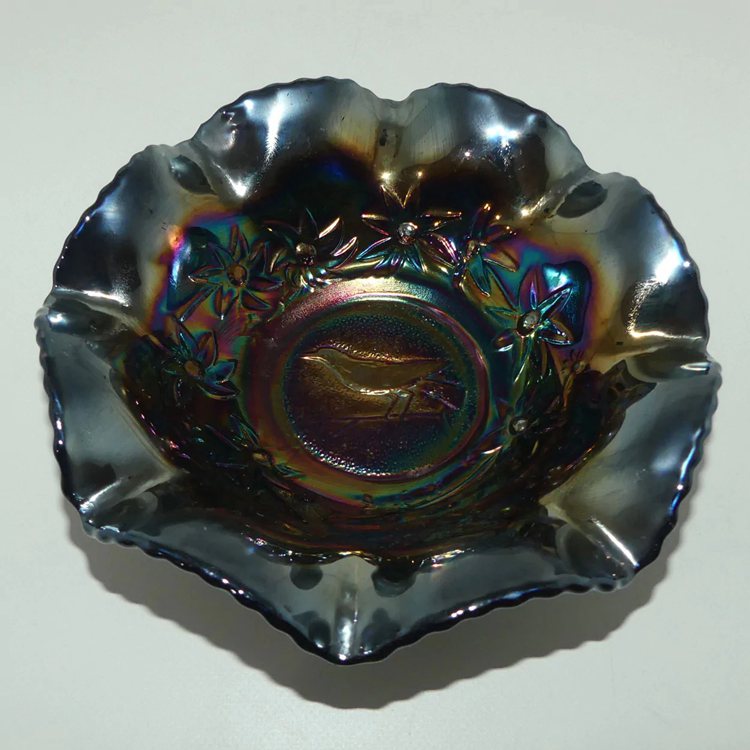
The specialty of carnival glass is that it comes in thousands of interesting designs and patterns that appeal to collectors and traders at first glance. The pattern is also the first thing anyone notices when viewing the piece for the first time, which is why it is responsible for leaving a lasting impact on the viewer and concluding whether or not they take interest in purchasing the glass.
Vintage pieces might come in quite unique and unusual shapes and patterns because the shaping of each piece was done by hand, hence explaining their versatility. These glass patterns also help to make each piece unique; therefore, making it nearly impossible for you to come across multiple original antiques with the same pattern. Vintage carnival glass also has various unusual ruffled, rounded, scalloped, and crimped edges. Certain designs and patterns may also be specific to a specific time period; therefore, allowing you to identify the age of the glass by simply analyzing its pattern. An antique carnival glass pattern might also hint toward the glass company responsible for producing that particular piece since some patterns are associated with certain manufacturers.
Identify Glass Colors
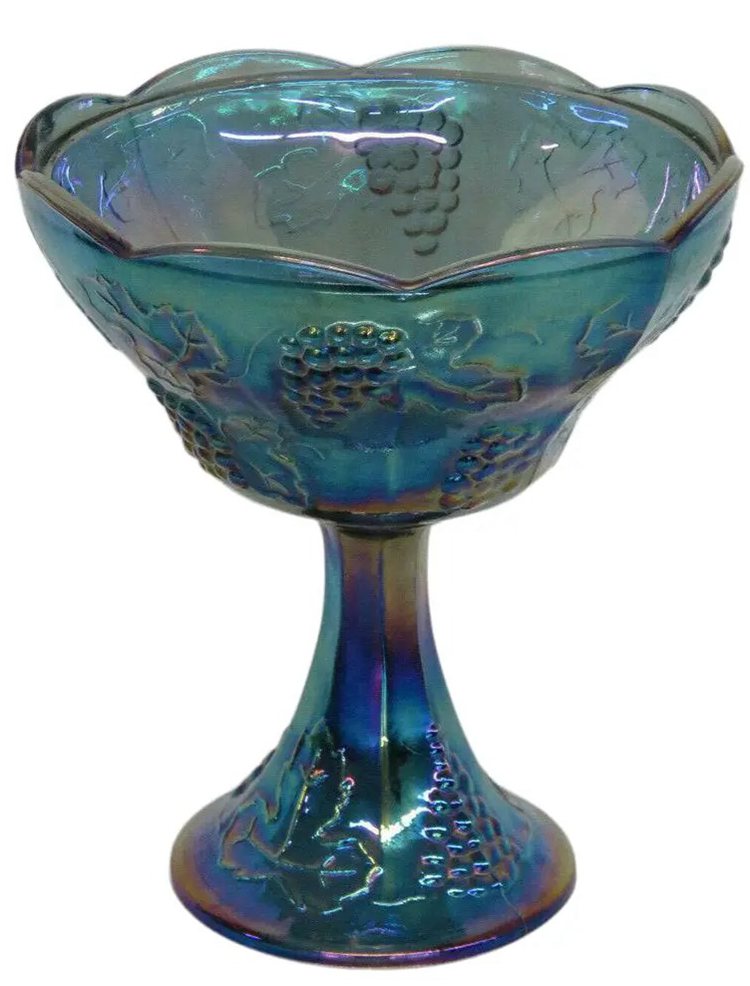
Certain attributes and properties are quite similar in carnival glass of different patterns, designs, and shapes; however, they are still distinguishable on the basis of their base color. Carnival glass possesses a shimmery quality, allowing it to produce an iridescent effect when met with light. The effect somehow resembles a rainbow and is produced by combining oil with water.
Because of this effect, it may be difficult for a beginner to identify the base color of a carnival glass from its surface. Understanding this is essential in identifying the carnival glass since some rare colors can hint towards where the piece originates from as well as the glass company that manufactured it. Taking a look at the bottom of the glass helps to get an accurate idea of which color is used as the base as this region of the glass doesn’t contain the chemicals necessary for the rainbow effect. Here are some of the most common colors used for bases in carnival glass.
- Black amethyst
- Green
- Amber
- Blue
- Purple
- Red
- Clear glass
Once you’re aware of the base color of a certain piece, you can perform some research to identify companies that are popularly known to use that particular color in their products.
Understand Glassware Shape
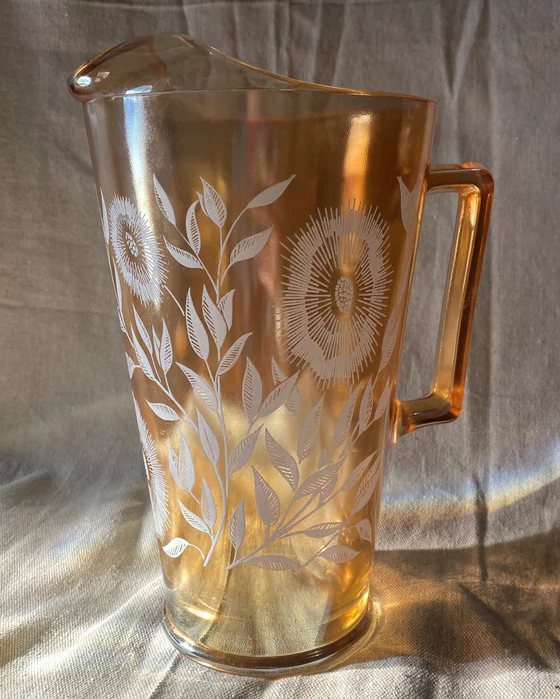
Because of the incredible versatility of this type of glass, they come in a variety of different shapes, with each shape intended for a different purpose. These may be for both household appliances as well as for use in the kitchen. Examples of glassware shapes include vases, plates, bowls, storage canisters, candy dishes, tumblers, pitchers, and many more! Rarer pieces of glassware were also found in the form of figurines, lamps, and ashtrays.
Being aware of the shape of the glass can help you research similar products in the market; therefore, making it ease the further identification of the piece. This can also help you understand the country of origin since some countries might primarily be known to produce a certain glassware shape while other countries might not have a history of producing similar products.
Familiarize Carnival Glass Manufacturers
Now that you’ve identified every other aspect of the glassware, the next step for you is to identify the manufacturer responsible for producing that particular piece. This is extremely important as it helps you get an accurate estimate of the worth or value of the piece in today’s market. Certain manufacturers are more popular and reputable in the field of glassware; therefore, any piece that such manufacturers create is likely to be more valuable to collectors and traders.
To understand the company that manufactured a piece of glassware, you need to search for the company’s mark on the product. Various glass companies use this technique to make it possible for collectors and traders to identify items produced by that particular company. Hundreds of glassware companies took interest in the production of carnival glass by the early 20th century. Some of the most popular manufacturers of this era included Imperial Glass Companies, Northwood, Indiana Glass, Fenton Art Glass Company, Dugan Glass Company, Millersburg, Westmoreland, U.S. Glass Company, and more!
You need to understand that the probability of you coming across glass items with no marks is quite high since some of the most popular glassware companies were not known for including marks on their products. With that said, here are some companies that had imprinted their marks on their carnival glass.
- Imperial – The Imperial Glass Company was founded back in 1901 by Edward Muhleman. It has been one of the most popular manufacturers of carnival glass ever since with many pieces presently available throughout the global market. After being active in the massive world of carnival glass for several years, the company ceased production in 1984 due to bankruptcy. Products from Imperial Glass are popular for their unusual designs and patterns, making them highly valuable to collectors and traders. These products generally have a mark consisting of a cross-shaped logo.
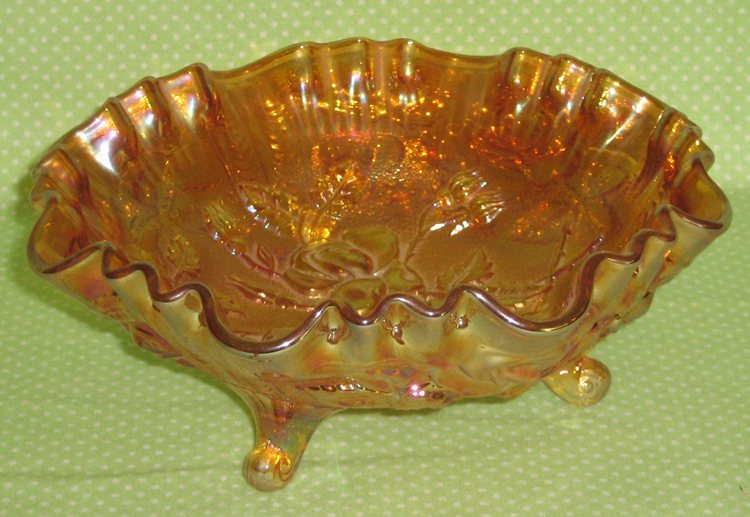
- Northwood – The Northwood Glass Company was founded by Harry Northwood back in 1887. The company was originally situated in Martins Ferry, Ohio; however, it was later moved to Indiana, Pennsylvania. It was primarily popular for its intriguing designs and patterns promoting the theme of nature with the help of bright colors, such as marigold and golden iris. Their mark consists of a circle comprising of an underlined uppercase N.
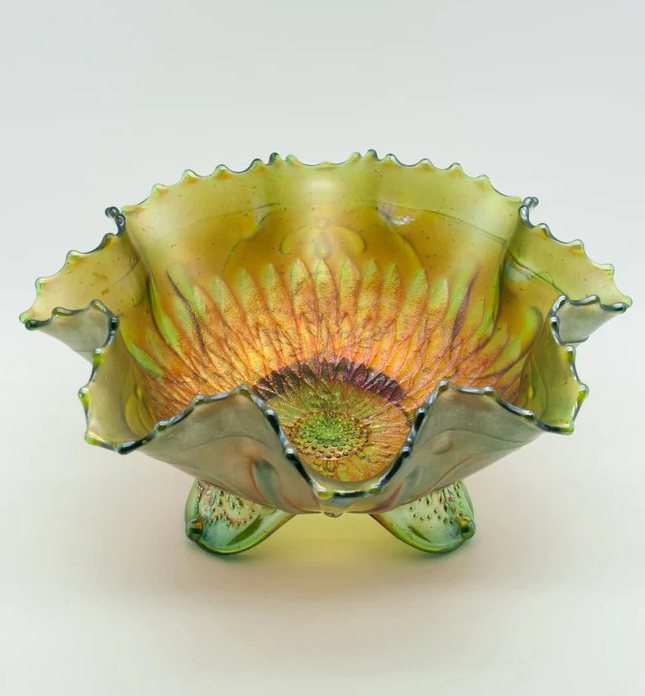
- Dugan – Dugan Glass Company was a decorative glass manufacturer based in Indiana, Pennsylvania. The company was founded in 1905 by Thomas Dugan. In 1913, the company was renamed Diamond Glass Company, which continued production till 1931. Their products were popular for their attractive nature designs and their unique dark amethyst and peach opalescent shades. Their mark consisted of an uppercase D enclosed by a diamond shape.
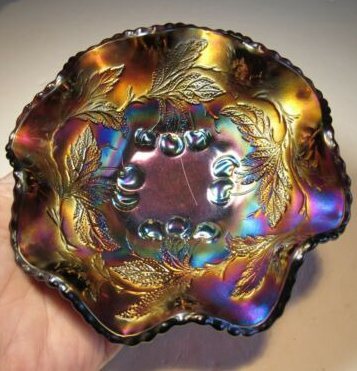
- Fenton – Fenton Glass Company was founded in 1905 by Frank L. Fenton and John W. Fenton. Fenton has been around in the carnival glass production industry for numerous years, ceasing production in 2007 and closing down all factories owned by the company. Fenton is known for their distinct color selection as they primarily used red and marigold as base colors. While many Fenton products don’t have a mark, a few have an oval mark, which is considered to be the company’s official mark. Fenton also began to add a number to their mark, hinting toward the decade when the product was manufactured.
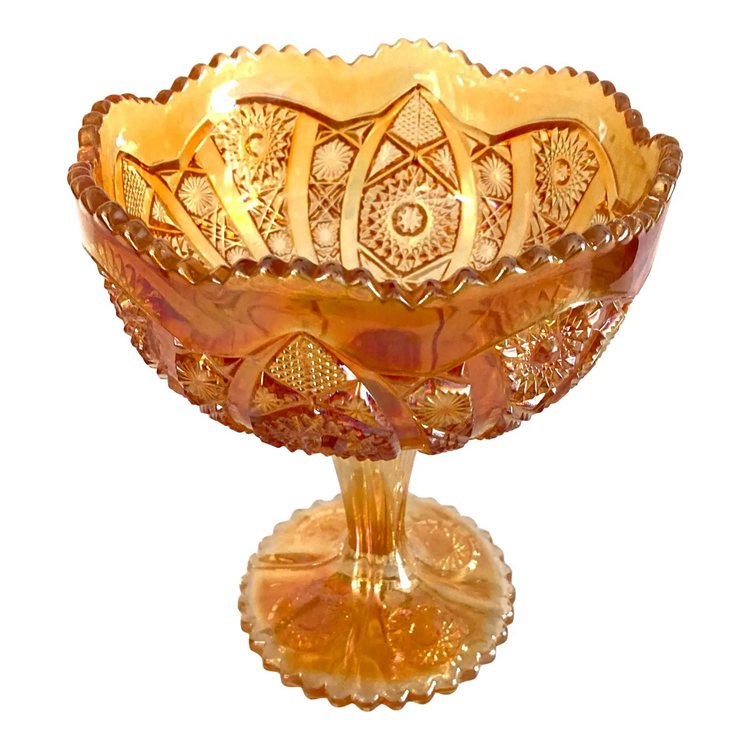
How To Spot Fake Carnival Glass?
Unfortunately, you’re likely to come across various fakes and remakes when entering the world of carnival glass. Therefore, just to be on the safe side, you need to learn how to spot these reproductions so you can avoid them in the future. Most fakes are presented as original molds in the market and it’s incredibly difficult for a beginner to ensure that the piece is original and authentic. Ideally, you are recommended to get an expert opinion when verifying the authenticity of a piece. Alternatively, there are certain tips that you may utilize to assist you in this purpose.
Flawless Quality
The quality of the piece is integral for deciding whether a piece is original or fake. Naturally, antiques aren’t supposed to be in excellent conditions primarily because of how long they’ve been around. If you don’t find any wear on the carnival glass, then there is a fair chance that it isn’t old at all. Instead, it might be a modern-day remake of antique carnival glass.
Fake Marks
In various circumstances, fake carnival glass is made from an original mold, allowing the manufacturer’s mark to seem similar to the original. However, you’ll still see various dissimilarities, allowing you to identify the mark as fake. These might be very insignificant differences, such as incorrect placement of text.
Fake Patterns
The next thing you need to look for is fake patterns. Patterns of certain antiques are easily replicated making it difficult for a beginner to distinguish between an original and a fake. For this, you are recommended to consult an expert or review a pattern book for the glass design in question.
Dull Surface
Iridescence is arguably the most significant and prominent property of carnival glass and it also proves to be an effective way of spotting fakes and remakes. If the surface of a certain piece seems dull or less shimmery than expected, then there is a very real possibility of the piece being a fake.
Factors Affecting The Price Of Antique Carnival Glass
If you plan on becoming an antique carnival glass collector, then you must know the various factors impacting the value of carnival glass in the market. This will help you generate an accurate estimate of any piece that you come across to ensure that you don’t overpay for a particular piece. Collectors and traders can get antique pieces for as low as $50 and as high as several thousands of dollars. So what is the reason for such a high monetary difference between various styles and designs of carnival glass?
Here are some significant factors that are responsible for determining the worth of a carnival glass to collectors as well as its price in the current market.
- Quality – The quality of an antique carnival glass can have a major impact on its value in the market. The piece must be in mint condition and free from significant physical damage, such as chips, to be considered valuable in the market. The quality of an antique can be maintained properly by storing it in dry climates with regulating temperatures.
- Rarity –The more difficult it is to get your hands on a particular piece of carnival glass, the more valuable it will be in the market. When deducing how rare a piece is, you need to consider how many of those pieces were originally produced and their demand among collectors and traders.
- Age – When talking about antiques, age is a significant factor that determines how valuable a piece might be. For a general idea, you can assume that the older a piece is, the more valuable it will be to collectors.
- Manufacturer – If the carnival glass is produced by a renowned manufacturer with a sound reputation in the glassware industry, then it is likely to be of higher value relative to other competitors.
Value Guide For Carnival Glass
Nowadays, it’s pretty common to find pieces of antique carnival glass in auctions and yard sales going for $30 to $60; however, other pieces with greater significance may be worth hundreds and even thousands of dollars. Here are some examples of antique carnival glass that fit in the suggested price range.
- This beautiful FENTON Carnival OWL PAPERWEIGHT Figurine PURPLE Amethyst COBALTwas sold for $58.90.
- This Antique Green Northwood “Strawberry” Carnival Glass Pie Crust Edge Bowlsold for $38.00.
- This Vintage FENTON Iridescent Pink Champagne Glass Egg Hand Painted Florals 3.75”sold for $49.99.
Conclusion
Now that you’ve learned everything needed to effectively join the antique carnival glass collectors community, what are you waiting for? Start your own carnival glass collection now the ideal piece that appeals you to most and work your way up to rarer and more valued pieces.
If you have any questions regarding the topic, be sure to leave them in the comment section below and we’ll get right back to you!

